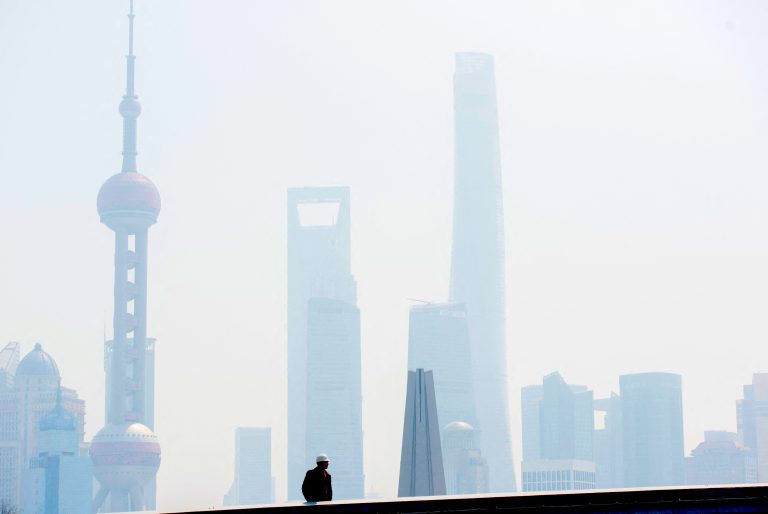The amount of foreign currency held by Communist China could be as high as US$6 trillion, not the $3 trillion officially claimed by Beijing, according to Brad Setser, a former official for the Obama administration who also served on President Joe Biden’s transition team.
Such a vast amount of financial assets, stored in various vehicles, could have deleterious effects on the global economy, Setser wrote in a recent report for The China Project.
“Just as China has ‘shadow banks’ — financial institutions that act like banks and take the kind of risks that a bank might normally take but aren’t regulated like banks — China has what might be called ‘shadow reserves.’ Not everything that China does in the market now shows up in the PBoC’s balance sheet,” he wrote in the June 29 piece.
Setser further explained that a likely source for these “shadow reserves” is what he believes is a “true account surplus” of foreign trade that is “likely larger than the $400 billion that China now officially reports.”
One factor that made Setser suspicious was that while China’s reported foreign currency reserves grew rapidly between the year 2000 and around 2012, “sometime over the last ten years[,] China’s reserves stopped rising.”
Success
You are now signed up for our newsletter
Success
Check your email to complete sign up
He believes that the vast amount of “shadow reserves” held by the Chinese Communist Party (CCP) could be weaponized against the U.S. or other countries, and “will eventually have an enormous impact on the rest of the world.”
“China’s enormous purchases of U.S. Agency bonds before the global financial crisis pushed private investors into riskier mortgage backed securities, helping to create the conditions that gave rise to the 2008 shock,” he noted.
Setser speculated that the CCP may have launched the massive Belt and Road Initiative (BRI) to build infrastructure in countries around the world so as to offload much of its covert money “before a genuine strategic purpose was grafted on” to the BRI.
According to Setser, the “hidden” money is visible “if you know exactly where to look.” Specifically, most of the hiding is done by transfers between the central Chinese bank, the People’s Bank of China (PBoC), and commercial banks. While the financial data is still publicly available, its presence is obfuscated.
For example, at the end of 2008 the CCP had “about $400 billion in ‘hidden’ reserves” through such methods — “small by today’s standards, but a sum then equal to about 10% of China’s GDP.”
A next step is to put the money into policy banks, whose financial records are harder to track, Setser said. Such institutions include the China Development Bank (CDB) and the Export-Import Bank of China, which grant loans to foreign countries.
Many third-world countries that take on risky Chinese loans end up indebted to the communist regime and on the hook for interest repayments that can eat into public spending and exhaust tax revenues, as Beijing is often unwilling to forgive or restructure the debts.
Moreover, Setser wrote, the sheer size of Chinese holdings, including of U.S. dollars, and China’s status as a major creditor means that any major turbulence, whether accidental or by design, in the Chinese system would have unknown, but potentially disastrous financial effects worldwide.














